The government yesterday proposed extra defense spending of NT$240 billion (US$8.66 billion) over the next five years, including on new missiles, as it warned of an urgent need to upgrade weapons in the face of “severe threats” from China.
President Tsai Ing-wen (蔡英文) has made modernizing the armed forces and increasing defense spending a priority, especially as Beijing ramps up military and diplomatic pressure against the nation.
The money, which comes on top of planned military spending of NT$471.7 billion for next year, would need to be approved by the Legislative Yuan, where Tsai’s ruling Democratic Progressive Party has a large majority, meaning its passage should be smooth.
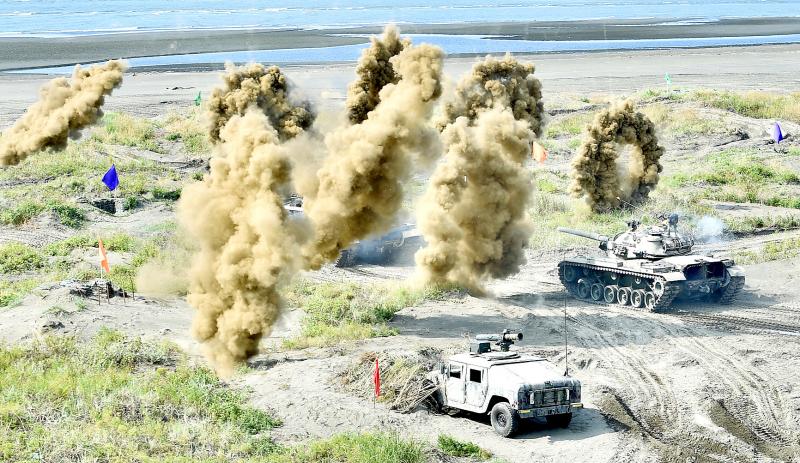
Photo: Peter Lo, Taipei Times
“The Chinese communists have continued to invest heavily in national defense budgets, its military strength has grown rapidly, and it has frequently dispatched aircraft and ships to invade and harass our seas and airspace,” the Ministry of National Defense said in a statement after a weekly Cabinet meeting.
“In the face of severe threats from the enemy, the nation’s military is engaged in military building and preparation work, and it is urgent to obtain mature and rapid mass production weapons and equipment in a short period of time,” it added.
Deputy Minister of National Defense Wang Shin-lung (王信龍) said the new weapons would be made domestically, as the nation boosts its production prowess, although the US would probably remain an important parts and technology provider.
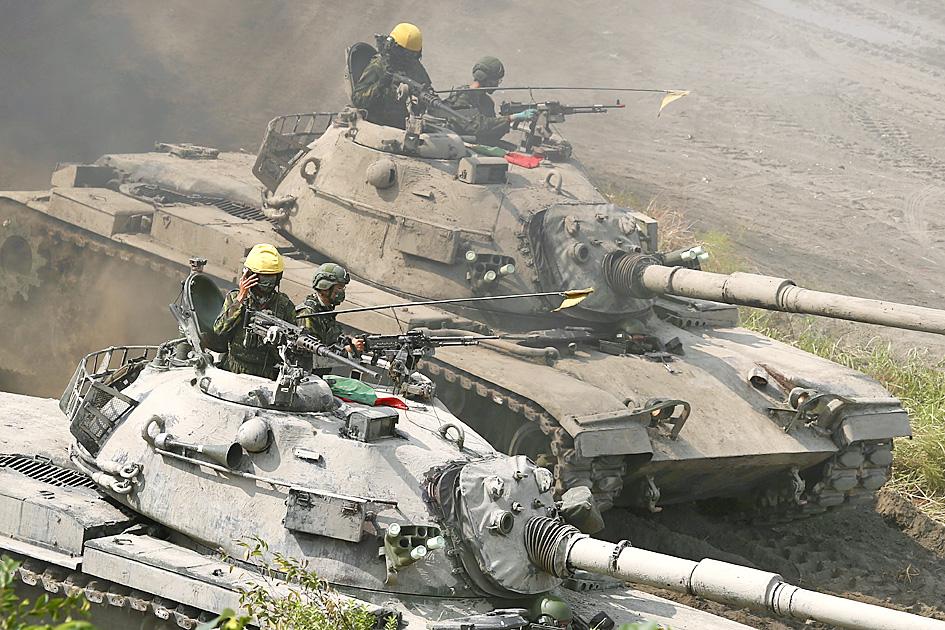
Photo: Ritchie B. Tongo, EPA-EFE
Taiwan has been keen to demonstrate that it can defend itself, especially amid questions about whether the US would come to its aid if China attacked.
Premier Su Tseng-chang (蘇貞昌) said during the Cabinet meeting that there was great need to augment the military’s combat capabilities, especially for the naval and air force branches.
The special budget has prioritized domestically produced armaments, which could lead to increased corporate investment in the national defense supply chain, creating a win-win scenario for boosting economic growth and autonomous national defense production capabilities, Su said.
The weapons it aims to buy include cruise missiles and warships, the ministry said.
Eight categories of missiles are to be built domestically as part of the budget, Wang said.
They include coastal anti-surface missile systems; the Antelope air defense system; the Tien Kung III (Sky Bow III) land-based surface-to-air missile; an attack drone system; the Wan Chien (Thousand Swords) missile system and the Hsiung Feng IIE (Brave Wind) missile system, he said.
The special budget also calls for the installation of combat systems on Coast Guard Administration ships and continuing the Indigenous Shipbuilding Program, he added.
All items are considered critical if the military is to rapidly build up its combat capabilities, Wang said.
The ministry would provide more details on each item during a budget review, he added.
The announcement came as Taiwan is in the middle of its annual Han Kuang military exercises, which began on Monday and are to end today.
The army yesterday simulated fending off an invasion, firing artillery from a beach on the southern coast.
The exercises, Taiwan’s major war games, have been held annually since 1984, in the form of live-fire drills and computerized war games, to test the military’s combat readiness in the face of a possible Chinese invasion.
Additional reporting by CNA
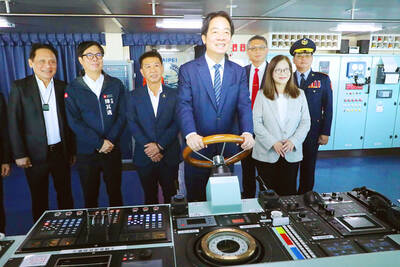
CALL FOR SUPPORT: President William Lai called on lawmakers across party lines to ensure the livelihood of Taiwanese and that national security is protected President William Lai (賴清德) yesterday called for bipartisan support for Taiwan’s investment in self-defense capabilities at the christening and launch of two coast guard vessels at CSBC Corp, Taiwan’s (台灣國際造船) shipyard in Kaohsiung. The Taipei (台北) is the fourth and final ship of the Chiayi-class offshore patrol vessels, and the Siraya (西拉雅) is the Coast Guard Administration’s (CGA) first-ever ocean patrol vessel, the government said. The Taipei is the fourth and final ship of the Chiayi-class offshore patrol vessels with a displacement of about 4,000 tonnes, Lai said. This ship class was ordered as a result of former president Tsai Ing-wen’s (蔡英文) 2018
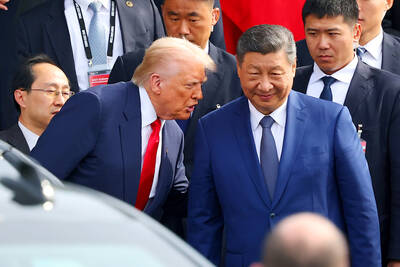
UKRAINE, NVIDIA: The US leader said the subject of Russia’s war had come up ‘very strongly,’ while Jenson Huang was hoping that the conversation was good Chinese President Xi Jinping (習近平) and US President Donald Trump had differing takes following their meeting in Busan, South Korea, yesterday. Xi said that the two sides should complete follow-up work as soon as possible to deliver tangible results that would provide “peace of mind” to China, the US and the rest of the world, while Trump hailed the “great success” of the talks. The two discussed trade, including a deal to reduce tariffs slapped on China for its role in the fentanyl trade, as well as cooperation in ending the war in Ukraine, among other issues, but they did not mention

HOTEL HIRING: An official said that hoteliers could begin hiring migrant workers next year, but must adhere to a rule requiring a NT$2,000 salary hike for Taiwanese The government is to allow the hospitality industry to recruit mid-level migrant workers for housekeeping and three other lines of work after the Executive Yuan yesterday approved a proposal by the Ministry of Labor. A shortage of workers at hotels and accommodation facilities was discussed at a meeting of the legislature’s Transportation Committee. A 2023 survey conducted by the Tourism Administration found that Taiwan’s lodging industry was short of about 6,600 housekeeping and cleaning workers, the agency said in a report to the committee. The shortage of workers in the industry is being studied, the report said. Hotel and Lodging Division Deputy Director Cheng
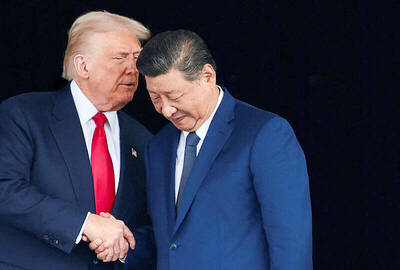
‘SECRETS’: While saying China would not attack during his presidency, Donald Trump declined to say how Washington would respond if Beijing were to take military action US President Donald Trump said that China would not take military action against Taiwan while he is president, as the Chinese leaders “know the consequences.” Trump made the statement during an interview on CBS’ 60 Minutes program that aired on Sunday, a few days after his meeting with Chinese President Xi Jinping (習近平) in South Korea. “He [Xi] has openly said, and his people have openly said at meetings, ‘we would never do anything while President Trump is president,’ because they know the consequences,” Trump said in the interview. However, he repeatedly declined to say exactly how Washington would respond in